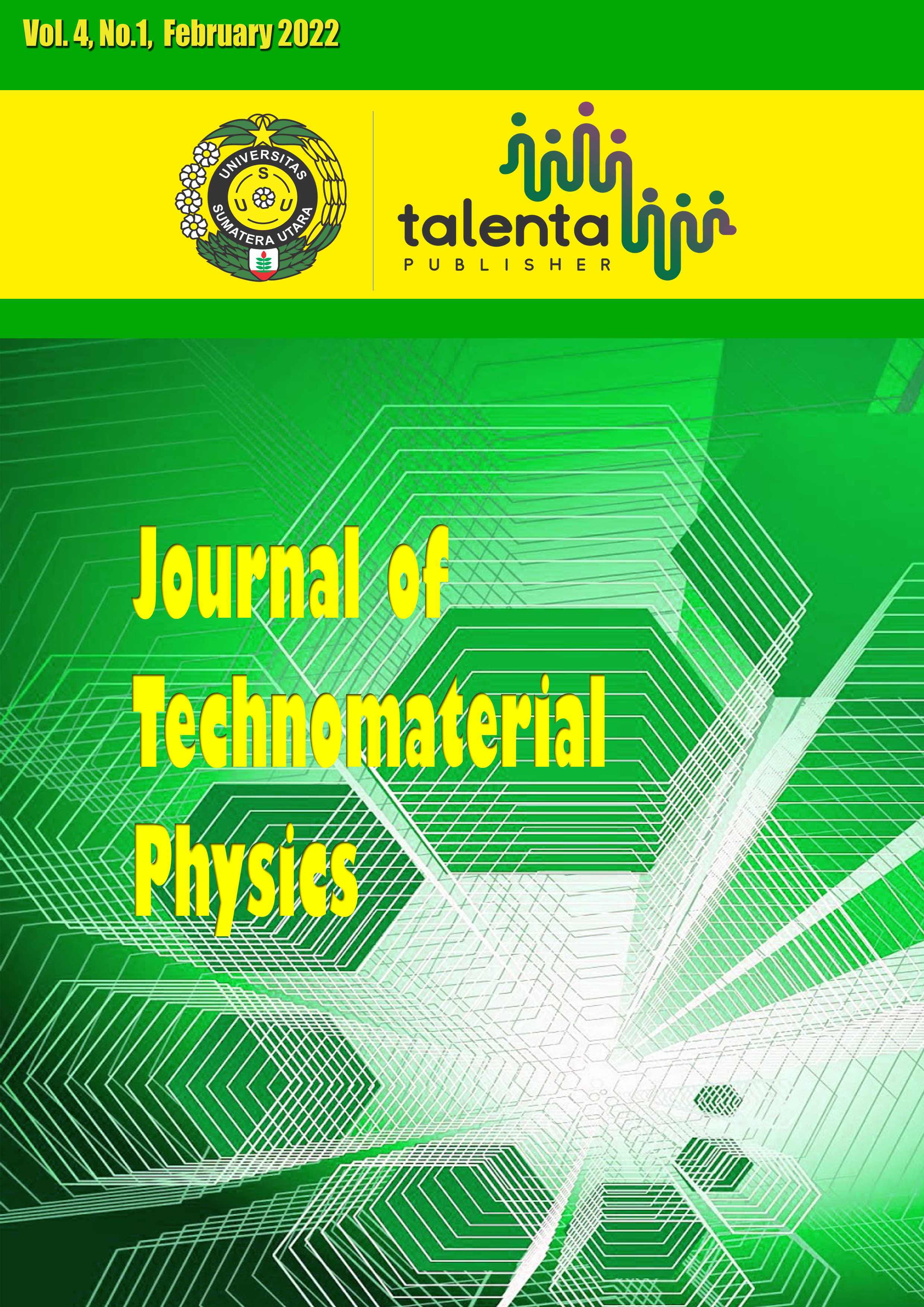Effect of Solid Content in Electrochemical Performance of Graphite Anode of Lithium-ion Batteries
DOI:
https://doi.org/10.32734/jotp.v4i1.7731Keywords:
Lithium-ion Battery, Graphite, Solid Content, Specific CapacityAbstract
Rechargeable batteries have been implemented in most portable electronic devices. Lithium-ion battery (LIB), as the main power source, dominates the mobile device market due to its high energy density, long shelf life, and environmentally friendly operation. In the rechargeable lithium-ion battery, there are four main components, one of which is the anode. The anode material used is commercial graphite. Thus, this study aims to determine the effect of solid content solvents on battery performance. The main discussion in this study is to analyze the effect of solvent variations of N, N Dimethyl Acetamide (DMAC) on the characteristics of the sheet and the difference in solid content of graphite anode sheets on battery performance. Identification of the formed phase was carried out by XRD, reduction and oxidation reactions by cyclic voltammetry test, battery capacity by charge/discharge test, and study of the electrochemical characteristics of the electrode material by electrochemical impedance spectroscopy test. The best anode sheet is produced by mixing 2.5 mL DMAC solvent at a thickness of 0.07 mm with a solid content of 25%. The results of the charge-discharge test showed a specific capacity of 309.33 mAh/g in the first cycle.
Downloads
Downloads
Published
Issue
Section
License
Copyright (c) 2022 Journal of Technomaterial Physics

This work is licensed under a Creative Commons Attribution-ShareAlike 4.0 International License.








